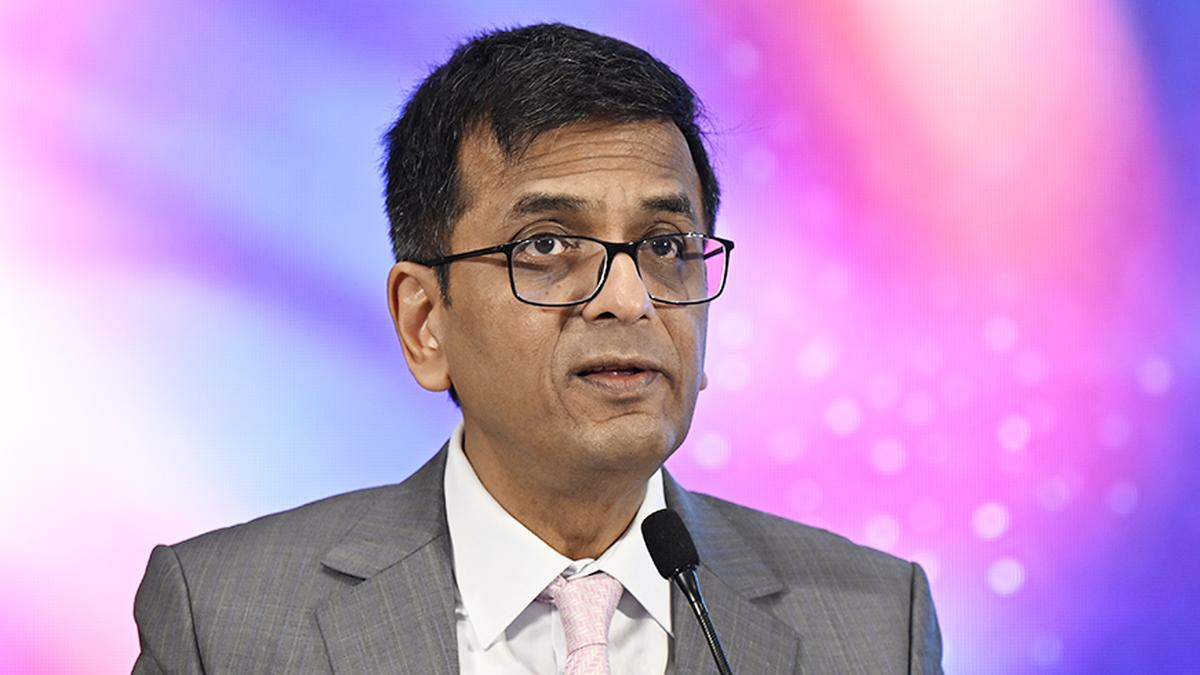Now Reading: Justice Chandrachud Addresses Concerns Over Extended Stay at Official Residence
-
01
Justice Chandrachud Addresses Concerns Over Extended Stay at Official Residence
Justice Chandrachud Addresses Concerns Over Extended Stay at Official Residence

Quick summary
- Justice D.Y. Chandrachud, former Chief Justice of India (CJI), stated he has no intentions of staying at his official residence, 5 Krishna Menon Marg, indefinitely following retirement in November 2024.
- Chandrachud clarified the situation amidst media reports suggesting urgency for vacating the residence and cited prior interaction with his successor, Justice Sanjiv Khanna.
- Challenges for accommodation stemmed from requirements to meet accessibility needs for his daughters who have nemaline myopathy, a rare genetic condition necessitating wheelchair-pleasant infrastructure.
- He highlighted difficulties in finding temporary housing due to rental lease constraints and accessibility limitations in serviced accommodations.
- The government allotted him choice accommodation at Teen Murti Marg after repairs; possession is expected soon.
- Chandrachud expressed concerns about reconciling expenses for private rentals with the uncertainty of post-retirement income or work opportunities in Delhi.
Indian Opinion Analysis
Justice D.Y. Chandrachud’s detailed clarification underscores larger systemic challenges tied to post-retirement arrangements for judicial officials. His remarks shed light on both personal adversities-owing to accessibility needs-and broader administrative hurdles like restricted availability of suitable housing and evolving precedents regarding extensions on official residences.while Rule 3B provides guidelines around temporary housing allocation up to six months post-retirement, instances like this may catalyze discussions on refining policies further.
Prominent takeaways include recognizing that long-serving officials often grapple with adapting swiftly outside institutional privileges-a challenge magnified by unique health-related needs. This case also spotlights potential gaps within urban planning as modern constructions fail to cater comprehensively to residents requiring accessible infrastructure. The situation highlights an opportunity: foster dialog toward improving transitional support mechanisms not only for retired dignitaries but households managing special physical care requirements.























